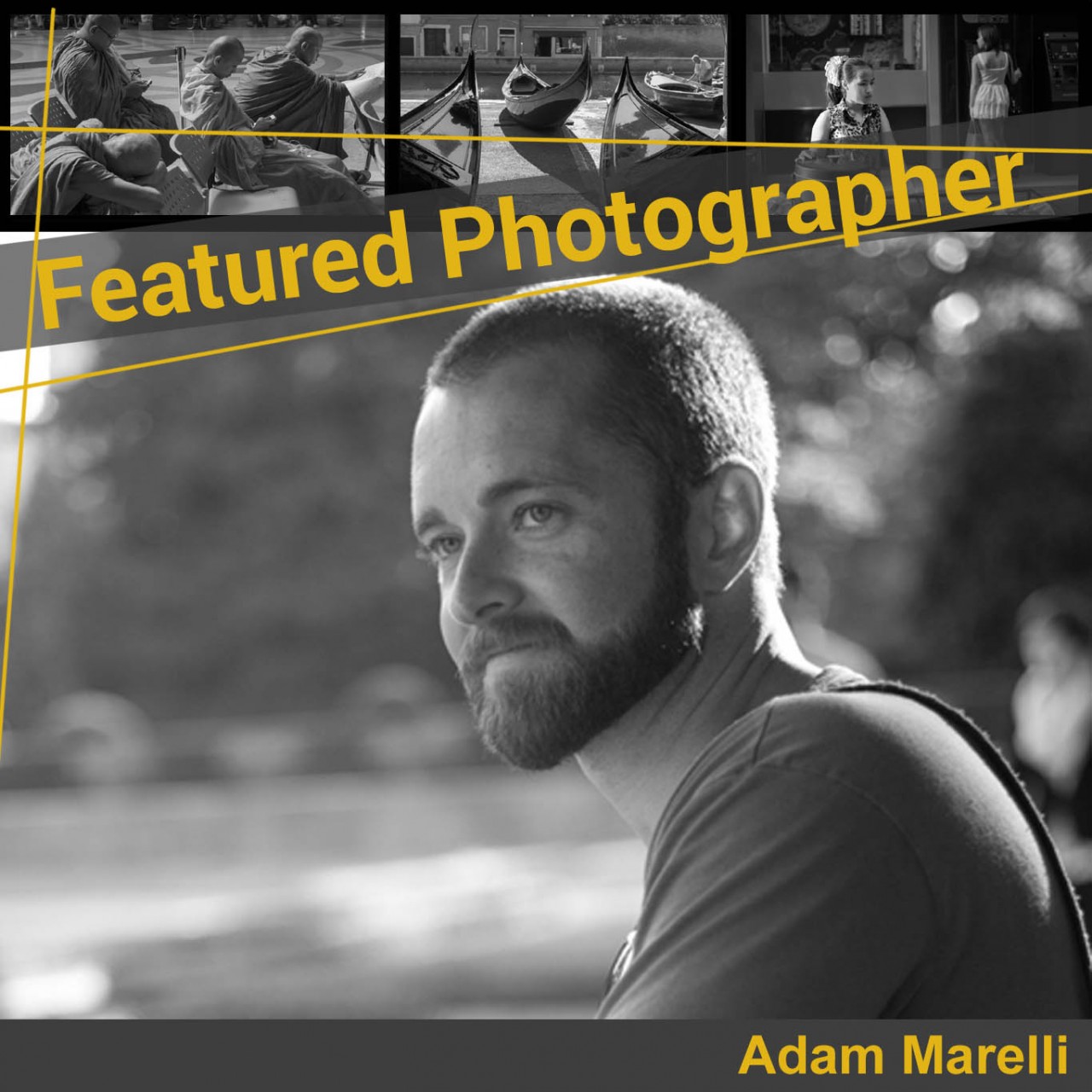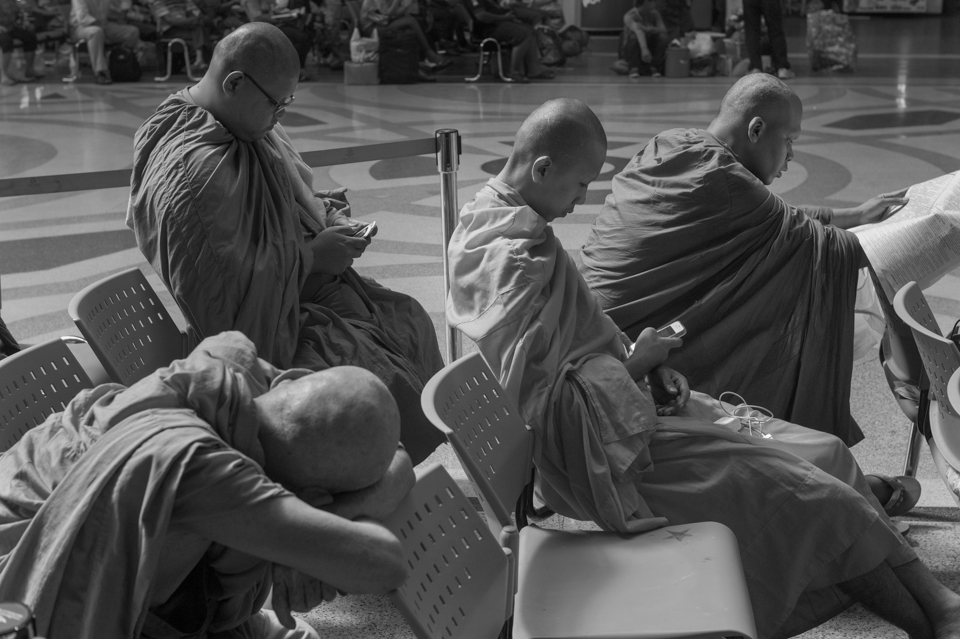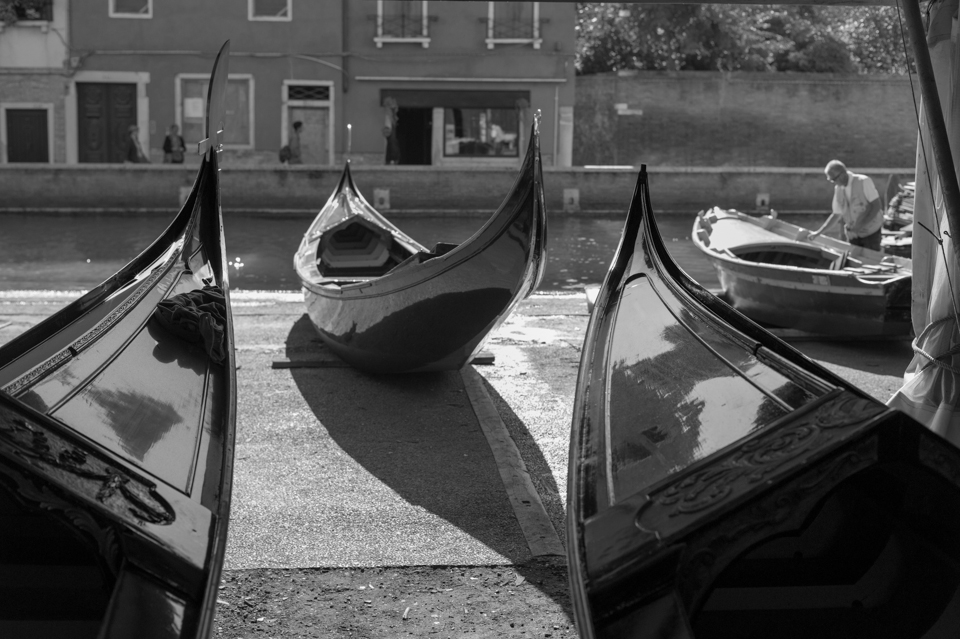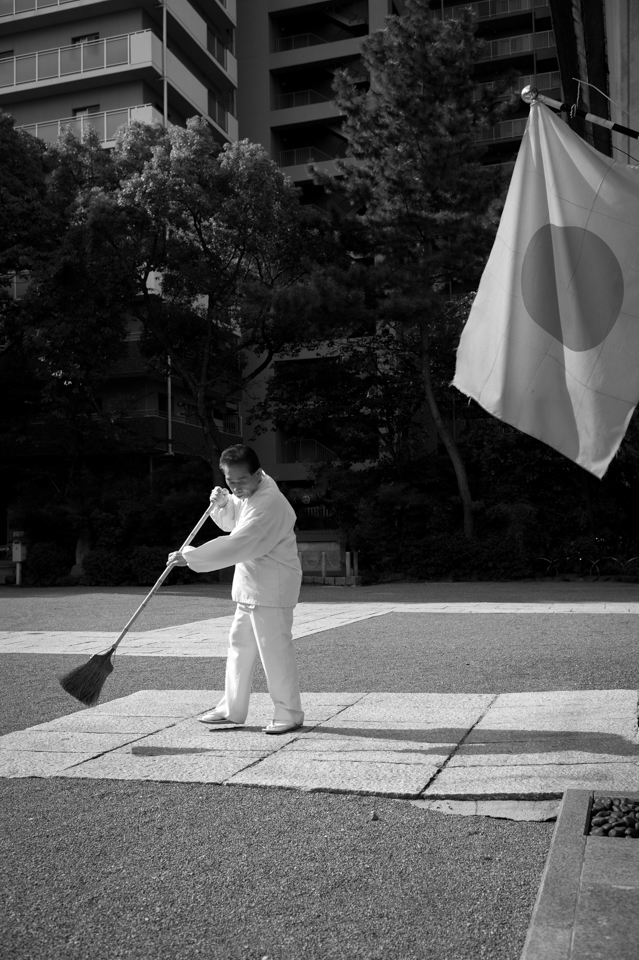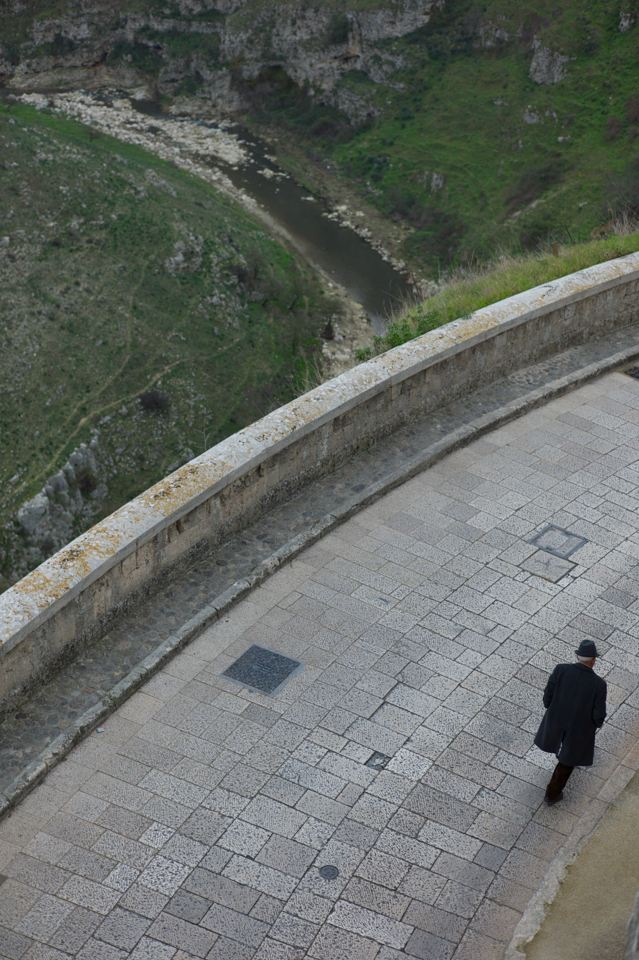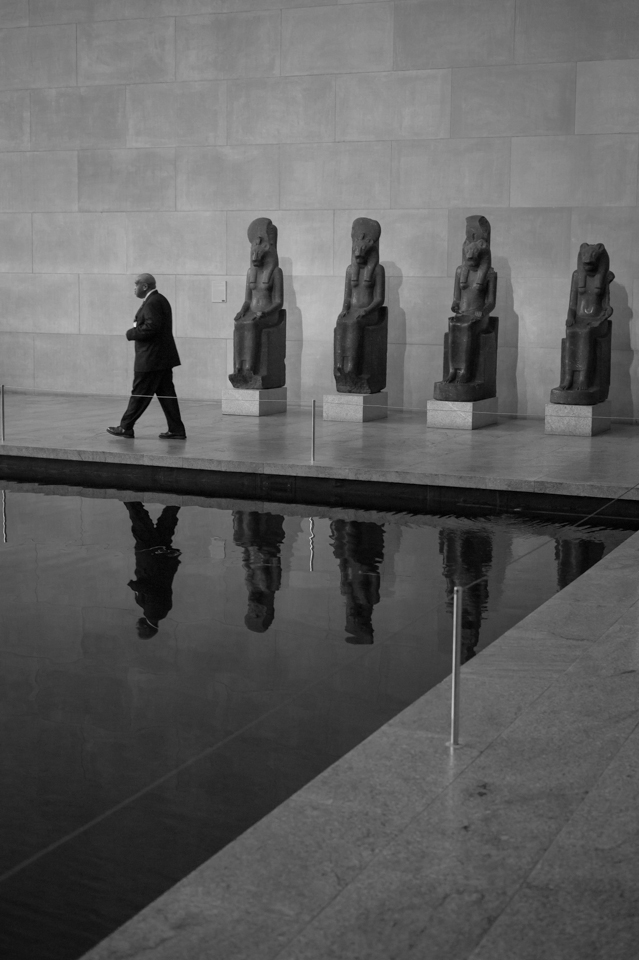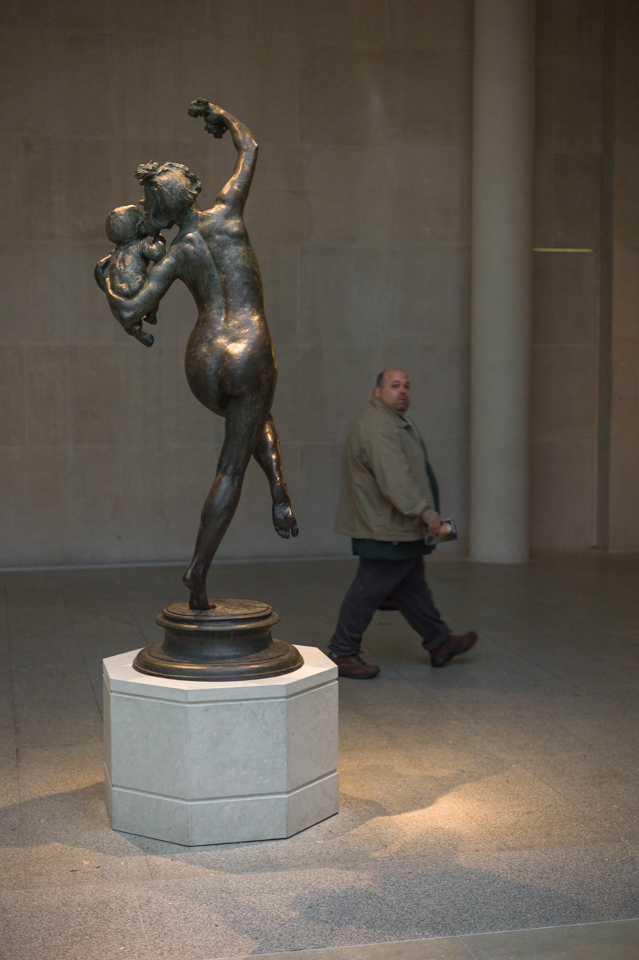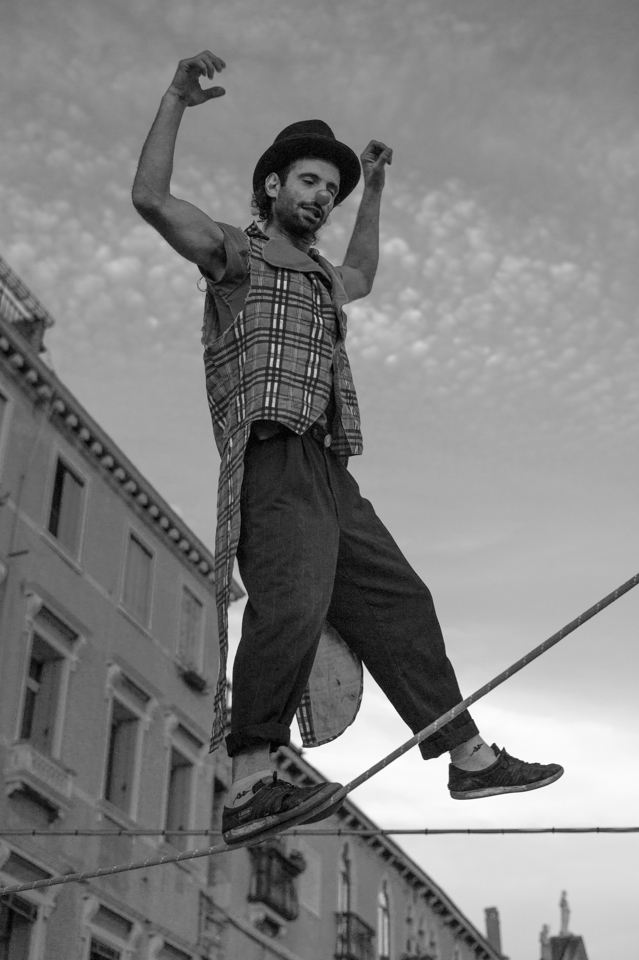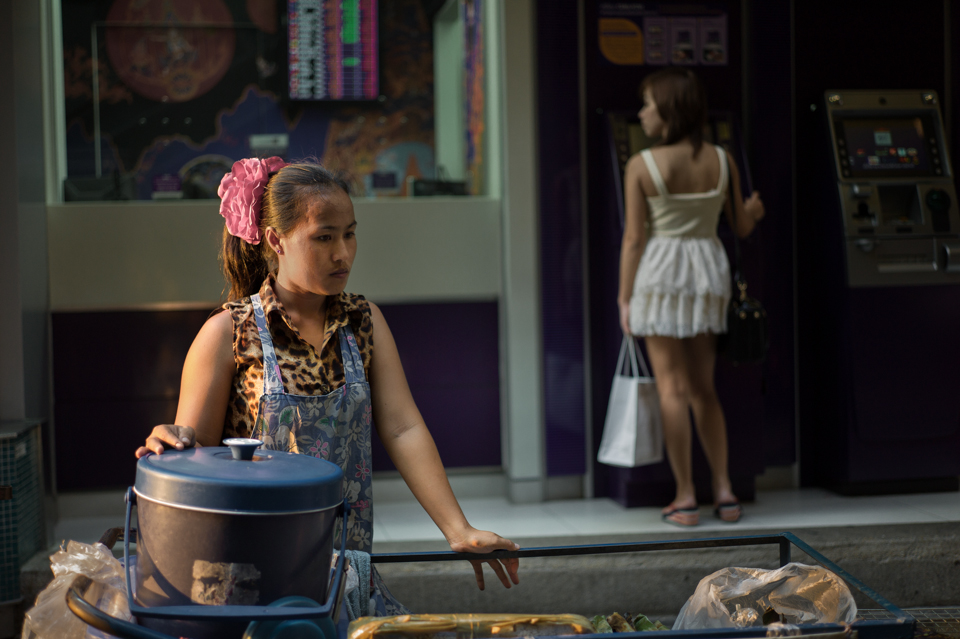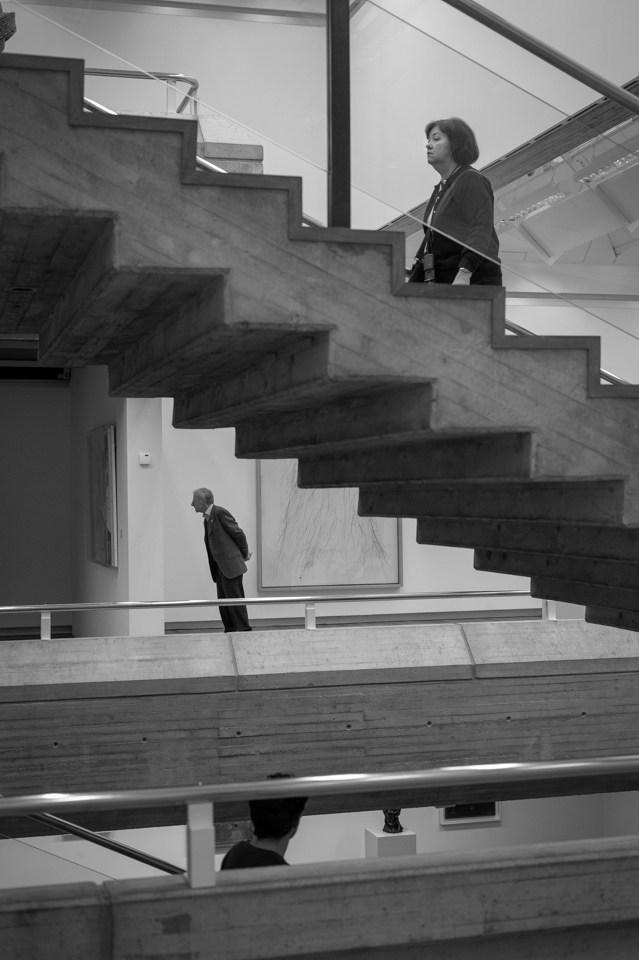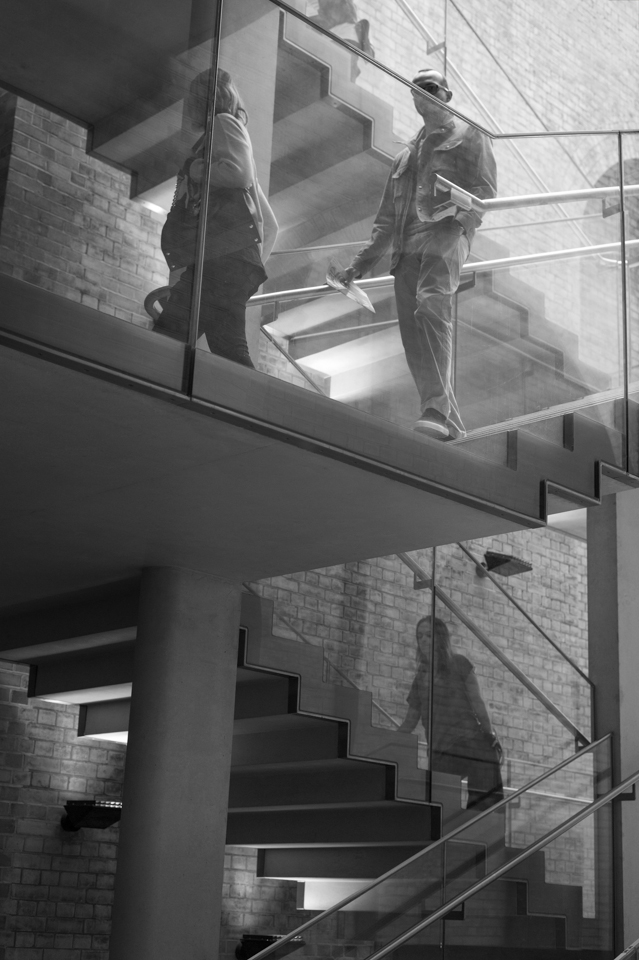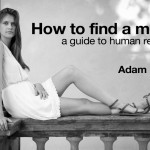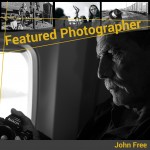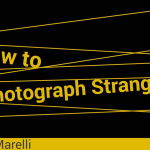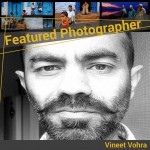Interview with Adam Marelli | New York, USA
Hello Adam Marelli !
We are honored to be able to interview you for our Featured Photographer format on www.streetviewphotography.net!
Please tell us a little bit about yourself to begin with.
My passport tells me I am 33 years old, though my mirror often disagrees. I was born in New Jersey, for better or worse. When a taxi driver from Uganda once asked me where I came from and I said New Jersey, he simply answered, “Oh, I’m sorry about that.”
These days I divide my time between photography, drawing, and sculpture.
You graduated in sculpture & photography at the New York University, how did that influence your photography and where do you see the connection between these two art forms?
Curiosity is at the root of everything I do. In school I could never accept that you had to be just a photographer or just a sculptor. Photography and sculpture allowed me to explore the world in 2 dimensions and 3 dimensions. They go hand in hand.
As a professional artist, where do you think your creativity comes from and what do you do to keep your ideas flowing
Creativity is like breathing, we all have it inside us. But some develop it more than others. Training and self disciple allow for it to be a lifelong practice. Otherwise creativity expresses itself as a bunch of scattered impulses.
Learn how to fill your own well of inspiration. Creativity is fueled by curiosity.
Could you share with us how you first became interested in street photography?
I guess I’ve been shooting street photography since I picked up a camera, I just never used the term “street photography.” Photography started as note taking for sculpture, most of which happened while I was traveling. Its faster than drawing but requires many of the same skills.
Over the years I discovered that painters have been working on “street photography” since the time of Marco Polo. It opened a world depth and complexity than photography does not offer on its own.
You help many photographers with your publicly available content, why did you decide to start blogging?
A general problem I see with photography is that university programs are extremely expensive and forums and many websites are super misleading. I wanted to provide an alternative without all the politics and “you have to earn it” mentality that schools promote and all the hostility that exists on the internet. Photography forums are anger management chat rooms with pictures.
Your theory “Bridging the Gap: Classical Art Designed for Photographers” is very compelling. What was the inspiration behind this idea and what made you decide to relate Classical Art and Photography together?
Photography is like the baby of the visual arts family. Photography has an inferiority complex because it big brother painting is abusive. The fall out from this silly debate has hurt photographer most. They never learn any of the lessons that art has already solved. Everything you will read in ANY photography book on composition and color has its roots in art (and most of the time the photo books get it wrong.) The truth is, these lessons are not that hard to understand, but they would take ten lifetimes to figure out on your own.
The development of art has been an oral tradition, not a printed one. You will learn infinitely faster with a mentor than you will a book. So I thought, lets start simple by introducing some basic ideas. Its caught on very well.
A lot of your composition concepts are based on the work of Henry Cartier Bresson. How does he fit into this role of bridging the gap as you call it? Are there any other photographers that you feel have strong enough body of work that provide similar relations to your theory?
Just to clarify, they are not based on HCB, rather he is used them well, so I point to him as an example.
My drawing teacher is a man named Myron Barnstone, who studied at The Ruskin under Percy Horten. Horten helped translate Andre Lhote’s books into english. Lhote was Cartier Bresson’s drawing teacher and said that everything HCB did in photography came from his drawing. Our educations have a good deal in common. So I use him as a historic touch stone to connect art and photography. In terms of other photographers, there are some who have strong images, but over the course of their lifetime, the visual typos become clear. Most of my inspiration, for lack of a better term, comes from direct experience or other arts.
Can you tell us about your work flow from the point you first step onto the street until you showcase the developed picture?
All over the internet I hear about this concept of work flow. There are seminars, workshops, and videos on work flow. Usually this is a code word for how can a poor photograph be batch edited to look good by applying software presets and adjustments. This is not worth learning. Just take a good picture. Cataloging images can be summed up in a 5 minute YouTube video. Work flow, if it means anything, would be going from image to exhibition. This might include building relationships with re-touchers, printers, framers, curators and gallerists because you can’t do everything yourself. You only have one lifetime and each of those trades are specialized and might take you a decade to master. Work with good people and things will fall in place. Post processing images in lightroom is not workflow. Its photography masturbation.
You have done a lot of photography Workshops, how is your experience with that and what do you think is the most important thing people learn in your workshops?
The workshop experiences have been fantastic. I am constantly impressed by the photographer’s energy and dedication for improving their work. The first thing that most people learn is that great photographers started out making terrible work. They realize that everyone starts from zero. None of this “I woke up one morning and was inspired to take photos and the brilliance poured forth from the camera.” Its nonsense and I have heard professionals say stuff like that. Everyone started out taking crap photos, myself included. Next, we review assumptions that most people take for granted. Its hard discover things you take for granted, because…you take them for granted. My job is to point these out so we can fix the root of the problem. Then we consume copious amounts of food and wine in wonderful locations to sort out the details. No wonder I hated school, the food, drinks, and views were terrible.
Do you see your personality reflected in your work?
That’s tough for me to say…maybe if you ask my girlfriend she could answer that better. What you could definitely see reflected in my images are my interests. My principle interest in photography is how we use curiosity and knowledge to make sense of the world around us. Basically I want to see what humanity does best, not what it does poorly. It explains why I am not a photo journalist covering war, famine and poverty.
Tell us your funniest or most awkward street photography story.
The first time I went to Japan, we stayed in Roppongi, which is known for its nightlife. Still jet lagged, my girlfriend and I went to breakfast early, around 7:00. We watched as drunken kids poured out of the clubs in daylight. Across from the restaurant was an empty parking lot. Three very drunk girls were stumbling across the lot as if it were an Antarctic expanse. It took all of their energy to keep balance on their high heels. One of them decided to take off her shoes and duck behind the only car in the lot. We thought she was hiding from her friends but actually she was making a pit stop. In broad day light and plain view of the restaurant she took off her underwear and started to pee all over the parking lot. So much for modesty. I used to think Araki was a taboo photographer, but apparently its easy to find shocking pictures. Needless to say it was a picture opportunity, but I just let the camera stay on the table. Saving the girl what little dignity she had left, I thought it was best to enjoy the ridiculous moment without immortalizing the her on the internet.
What are some of the most important lessons you have learned from shooting on the streets?
1. Exciting and scary are a package deal. Learn to deal with both of them and you will never be bored.
2. Big cameras are like big muscles, girls are never impressed.
3. We have enough pictures of war, umbrellas and people on cell phones. Shoot things that really get you excited. I can’t believe that most people get excited by dead people, rain, and other people’s phone conversations.
4. Cameras are tools, painters don’t talk about how awesome their brushes are, so lets give the camera talk a rest.
5. Be patient because everyone is talented, but not everyone is patient.
You regularly say: ″no one was born a photographer″. What advice would you give a newcomer to become one in form of one Tweet.
Without drawing, photography is just surveillance. Learn to draw.
Thank you very much Adam for this interview!
Take a look at Adam Marelli’s work to learn more about him and his approach to photography.
And read his articles on “How to find a model” and “How to photograph strangers“.

 Follow
Follow
